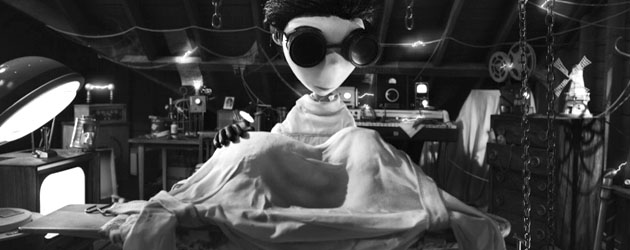Rick Heinrichs

AS: When designing films like the Pirates of the Caribbean series do you spend a lot of time on these greenscreen stages or do you go out on location?
RH: For the Pirates movies I was all over the Caribbean and the Bahamas and Hawaii. And I think I saw every bit of Hawaii from a helicopter, every bit of every shore of every island. Which is not a bad thing to do. We’d take boats around islands with the director Gore Verbinski and swim in to shore because it was too rough to dock the boat. And then we’d discover that the beach we’re scouting is called Tiger Shark beach! If we’d swum in a couple hours later there would definitely have been tiger sharks! Or we’d be lead out on goat trails on cliffs where you can fall two-hundred feet to your death. You’re walking through jungles where people get killed all the time from falling coconuts. It was this life-threatening and physically taxing but an incredibly stimulating adventure at the same time. You’re going to these really remote, beautiful places that nobody gets a chance to go to and imagining how you’re going to use it in a movie. It’s really an unusual thing to get to do and I love that aspect of it.
AS: You’ve also worked with the Coen Brothers.
RH: Yes, being able to work with those guys was a wonderful, early career milestone for me. Of all the movies that I’ve done over the years Fargo and The Big Lebowski are two of my favorite movies. And its just one hundred percent those two guys and their ear for dialog and their head for creating characters and cobbling together these different elements. No one else would make those connections. You get a sense with their movies that they’ve created these characters and wound them up and they’re just watching them bump into each other. Then they’ll throw in another story element and see what happens with that. It gives you an amazing sense that anything can happen with their movies and it does.
AS: The design in those movies is stylized but it’s grounded. It feels like it could actually happen.
RH: Right. People have asked me what I actually did on Fargo because there were a lot of practical locations and environments. A lot of it was the selection of the environments. One of the greatest compliments I ever got on Fargo is that people claim they’ve seen that Paul Bunyan statue somewhere right outside of Brainerd! We made that statue! We took the two pieces up to the Canadian border where there was the last bit of snow of that season to shoot that scene where it was standing next to the highway.
Part of the research for that was that sensibility of monumental sculpture that you’ll see in the flyover states. I like to call it America’s idea of having fun. Taking an idea and making it big. Whenever you take road trips you see a lot of that around. I think it’s one of the really wonderful, cool, kitschy aspects of our culture.
And then Big Lebowski had a different look to it. Interestingly both of those films were set in the recent past. They weren’t contemporary. Even though they were in the recent past you could already feel it was this period that had this very distinctive quality to it. In Fargo that tan Sierra car had sort of already had its day; the very eighties way that Mary Zophres designed the wardrobe was definitely over and done with.